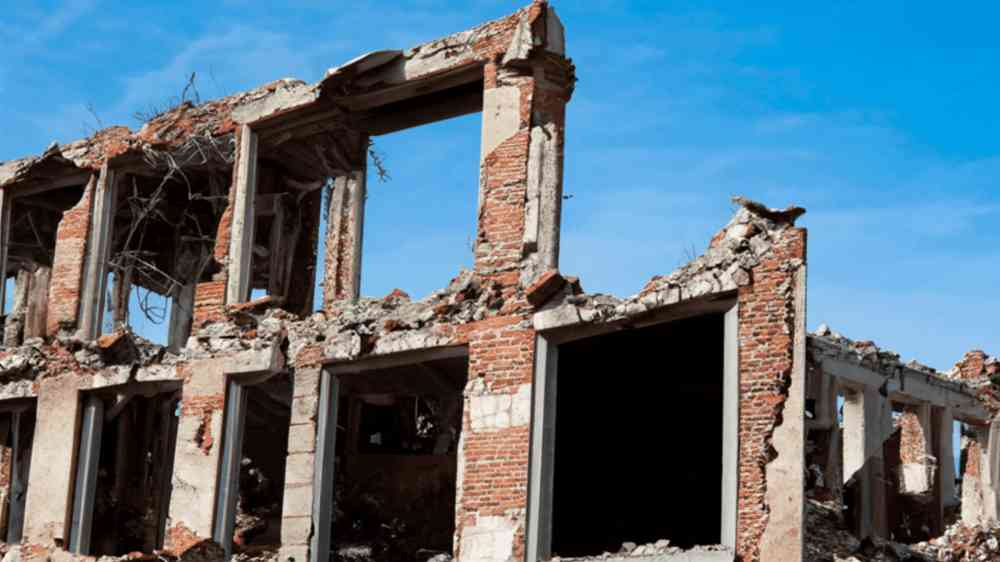
Earthquakes and landslides are famously difficult to predict and prepare for. By studying a miniature version of the ground in the lab, scientists at the UvA Institute of Physics have demonstrated how these events can be triggered by a small external shock wave. Bring a flotation device: it involves the ground briefly turning into a liquid!
Unlike a true solid, the ground we stand on is generally made of granules such as sand grains or pieces of rock. Deeper down in Earth’s crust, the same holds for the fault lines where two tectonic plates meet. These types of disordered granular materials are never fully stable. And when they fail, it can have catastrophic effects for us, living on Earth’s surface.
The trouble is: it is not easy to predict or control when exactly the friction forces resisting a landslide or earthquake will stop being enough to keep the ground in place. Thankfully, the physics works exactly the same in smaller systems that you can study in the lab. To reproduce an earthquake, physicists Kasra Farain and Daniel Bonn of the University of Amsterdam used a 1-mm thick layer of tiny spheres that are each the width of a human hair.
Their experimental setup allowed them to keep precise track of the granules’ response to external forces. To simulate the forces that would be present on a steep mountain slope or at a tectonic fault, they pressed a disc on the surface and slowly rotated it with a constant speed. By subsequently bouncing a ball next to the experimental setup, triggering a small seismic wave, they saw how all the granules rapidly shifted in response: they had triggered a miniature earthquake!
“We found that a very small perturbation, a small seismic wave, is capable of causing a granular material to completely restructure itself,” explains Farain. Further examination revealed that for a brief moment, the granules behave like a liquid rather than a solid. After the triggering wave has passed, friction takes over once more and the granules get jammed again, in a new configuration.
The same happens in real seismic events. “Earthquakes and tectonic phenomena follow scale-invariant laws, so findings from our laboratory-scale frictional setup are relevant for understanding remote earthquake triggering by seismic waves in much larger-scale faults in the Earth’s crust,” says Farain.
The researchers show that the mathematical model they deduced from their experiments quantitatively explains how the 1992 Landers earthquake in Southern California remotely triggered a second seismic event, 415 km to the north. In addition, they show that their model accurately describes the rise in fluid pressure observed in the Nankai subduction zone near Japan after a series of small earthquakes in 2003.
Inspired by a shaky table
Interestingly, this entire research project might not have come to fruition if it weren’t for Farain’s colleagues:
Initially, my experimental setup was just on a regular table, lacking all the fancy vibration isolation needed for precise measurements. Soon enough, I realised that simple things like someone walking by or the door closing could affect the experiment. I must have been a bit of a bother to my colleagues, always asking for quieter footsteps or gentler door closures.
Inspired by how his colleagues’ movements disrupted his setup, Farain began to investigate the physics at work: “After some time, I upgraded to a proper optical table for the setup, and people could jump, or do whatever they wanted without disrupting my work. But, true to my troublemaking tendencies, that wasn't the end of it. A little while later, I returned to the lab with a loudspeaker to generate noise and see the effects of controlled perturbations!”